The Bees I Keep
I have been tending bees for the past decade in rooftop hives atop my home in New York City. My bees are Carniolan, a gentle subspecies native to the Carniola region of Slovenia.
A few of my favorite bee facts: the honeybee colony is a matriarchal society in which 90% of the population are female and their colony is a superorganism where the interactions of the individual members add up to benefit the entire colony.
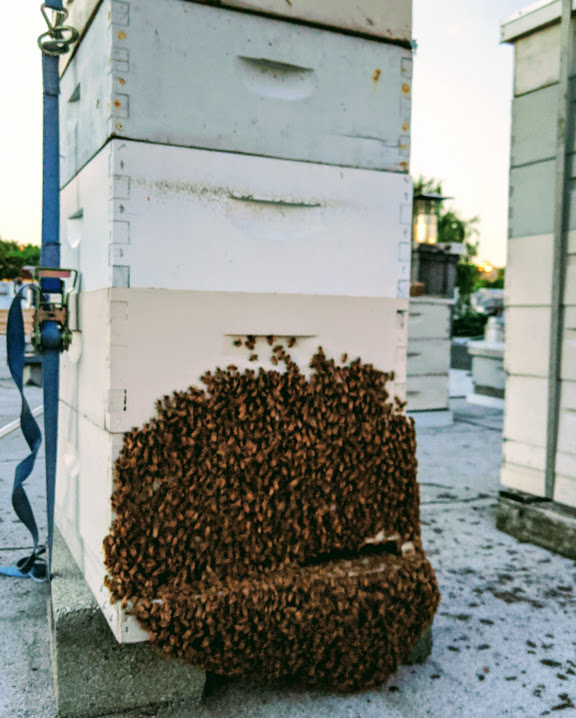
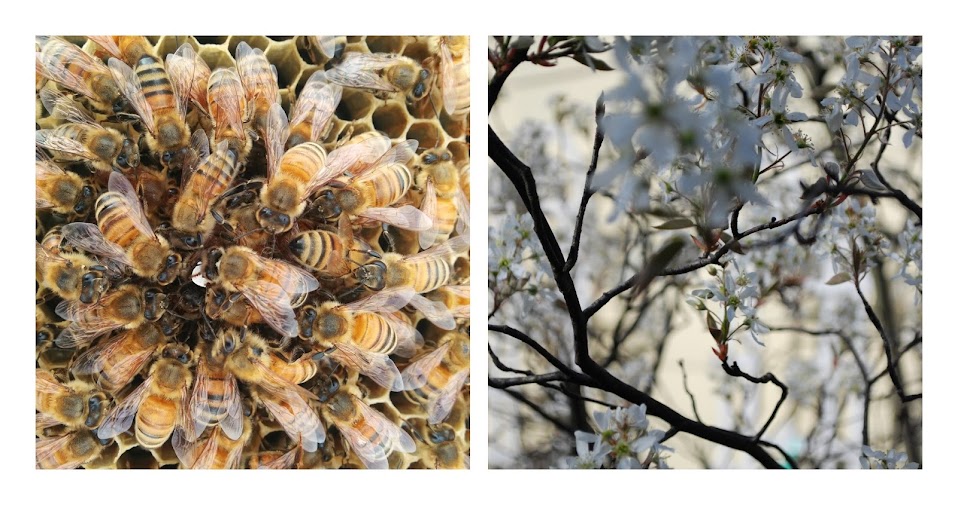
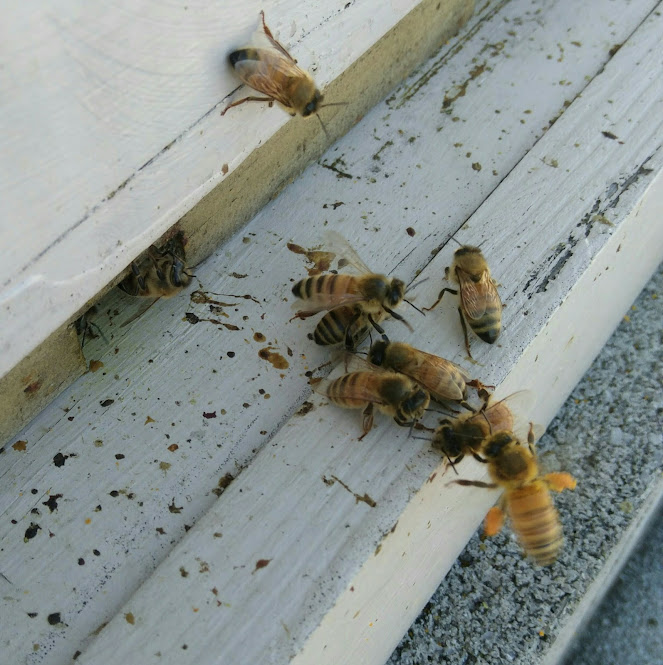
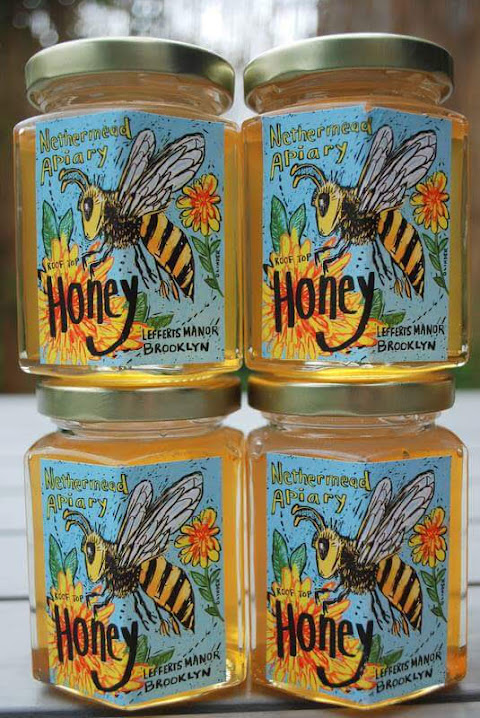
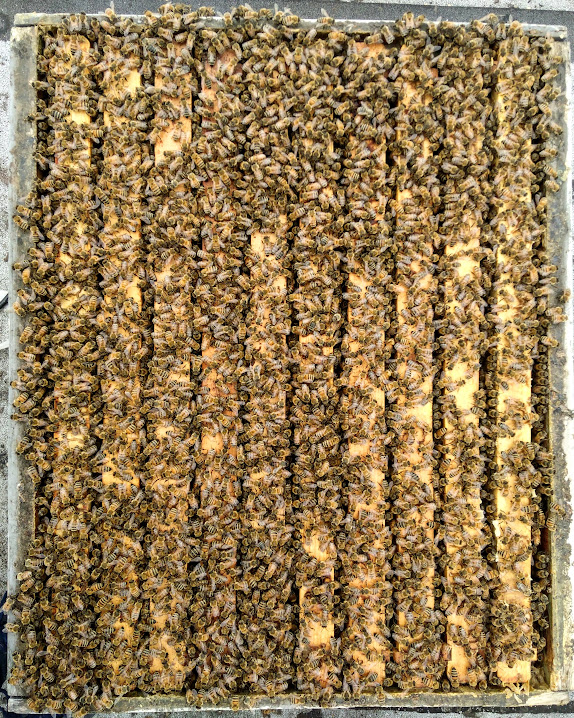
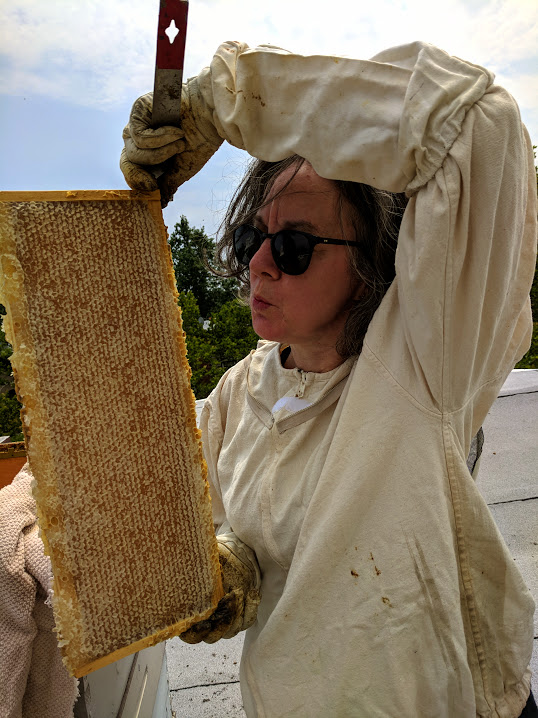

Hive of Activity
One of the joys of beekeeping is taking a moment on a sunny afternoon simply to watch the bees come and go at the hive entrance.
Facing the hive, with their heads down, are a chain of fanning bees. Their job is to keep the interior temperature of the hive constant 95℉ (35℃) as warm, humid air is pushed out of the hive and cool, dry air is pulled in. Bees are one of the very few insect types that survive the winter as a colony. As temperatures drop, the workers will form a tight cluster in the hive, centered on the queen, to keep themselves warm enough until spring temperatures allow the colony to expand again.
Some of the fanning bees, with their abdomens extended, are fanning Nasanov, the homing pheromone that helps a foraging bee find her way back to her own hive.
The Bee Book
Discover the Wonder of Bees and How to Protect Them for Generations to Come
Liz Dory, U.S. Consultant
The Bee Book shows you step-by-step how to create a bee-friendly garden, get started in beekeeping, and harness the power of honey for well-being.
Buy it on Amazon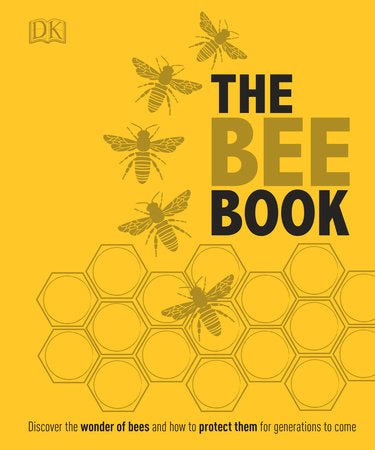
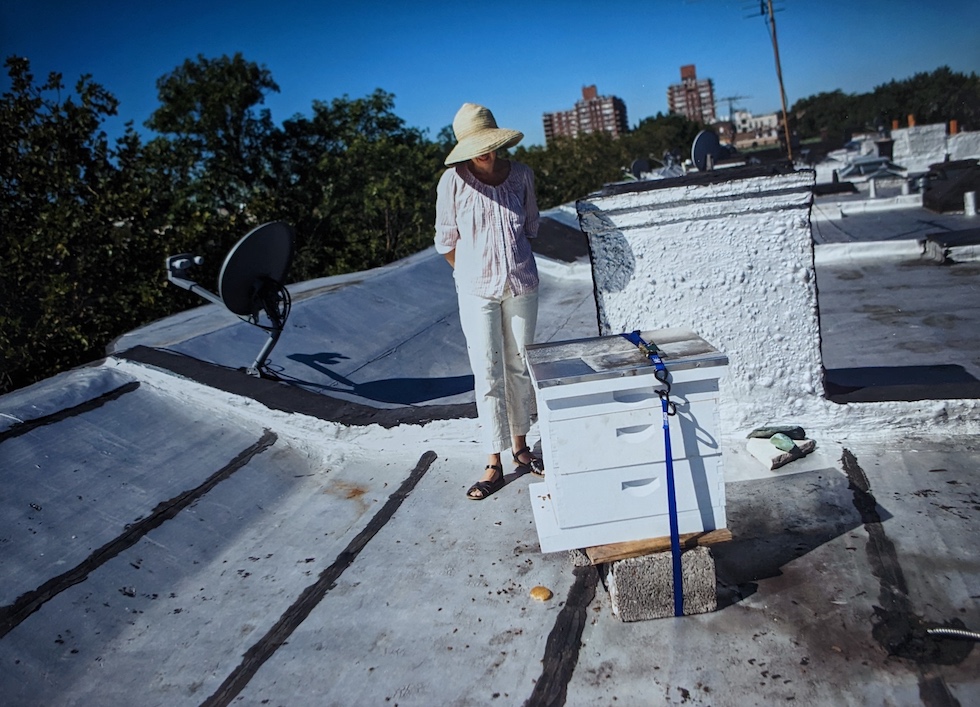
Photo by Andrea Morales for The New York Times
Around Bee Rescue, Honey and Rancor
By Emily S. Rueb, The New York Times
"Liz Dory, a cinematographer, noticed a message sent out on Facebook by another beekeeping group, the New York City Beekepers Association, informing followers that it had a team at the ready to rescue any endangered bee swarms."
Read the full articleLinks I Like
-
Extraordinary husband and human being; it’s nonstop movie talk all the time here.
-
Around Bee Rescue, Honey and Rancor
A crazy story about bees from the New York Times.
-
I shot this film in Ghana, Cuba, and Rhode Island about the legacy of one of America’s largest slavetrading families.
-
Super smart Director of Photography.
-
Color scientist, Director of Photography.
-
Screenwriter whose work has informed mine.
-
Amazing software to help authors market and promote their books.